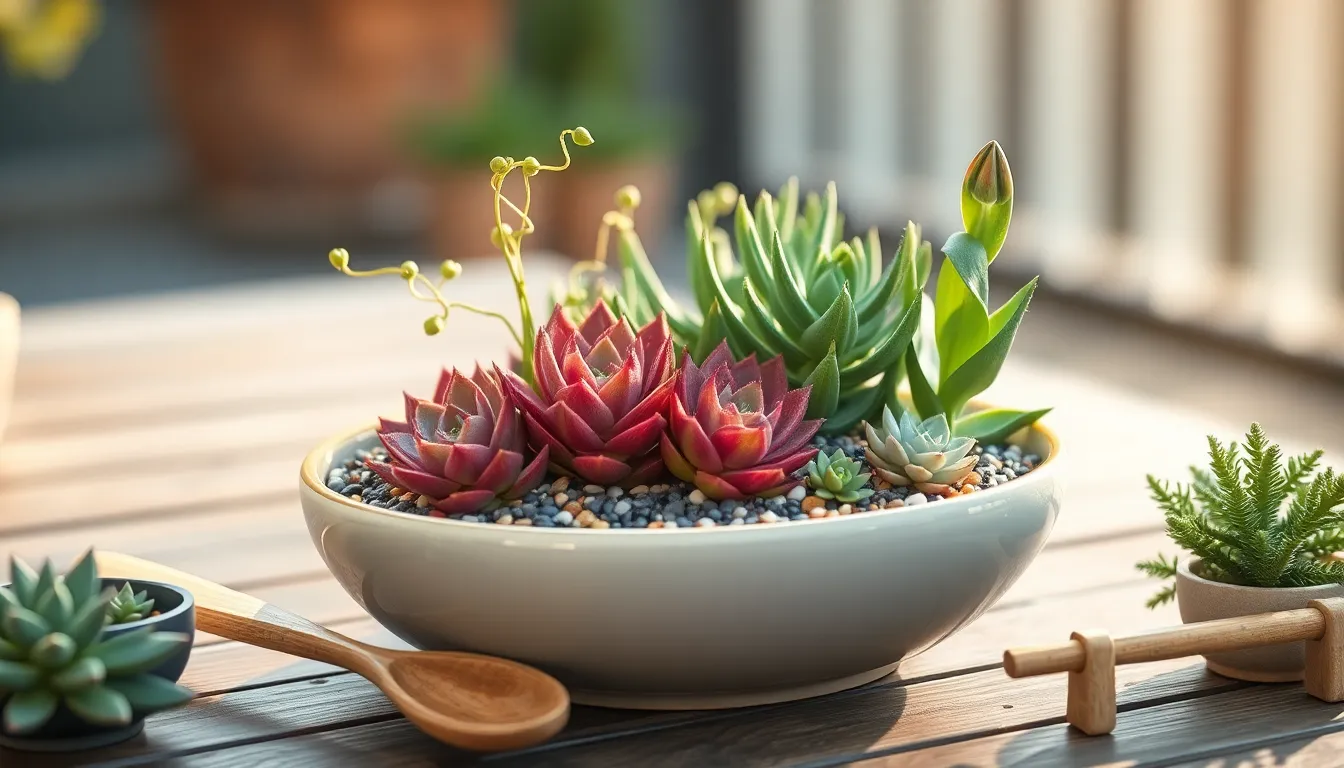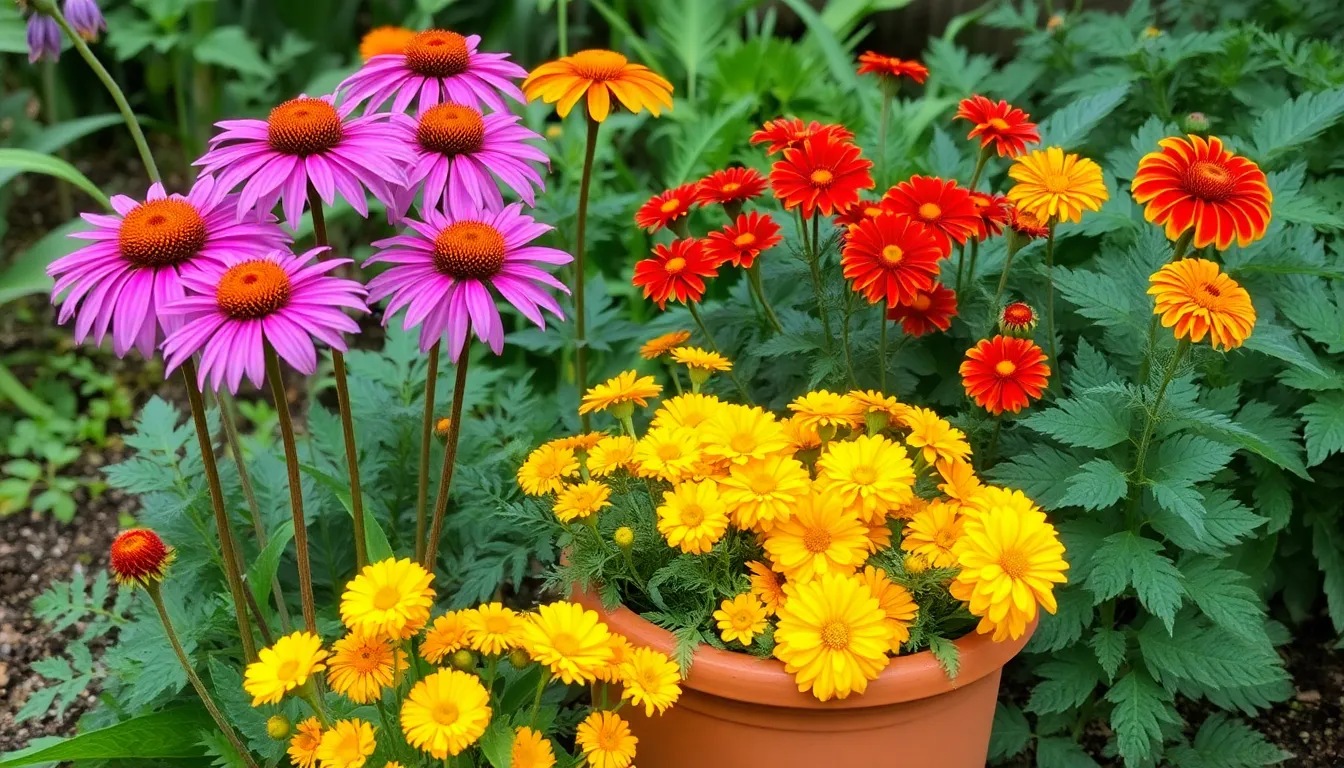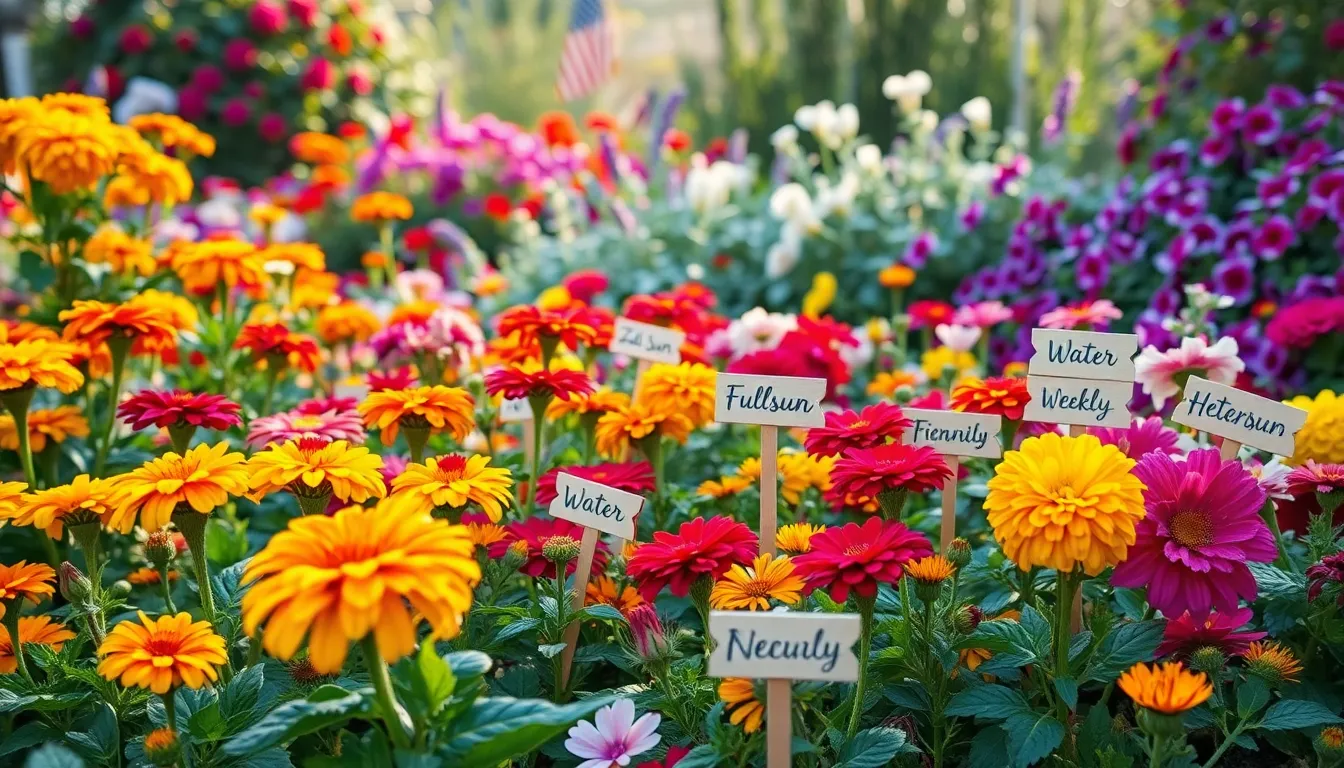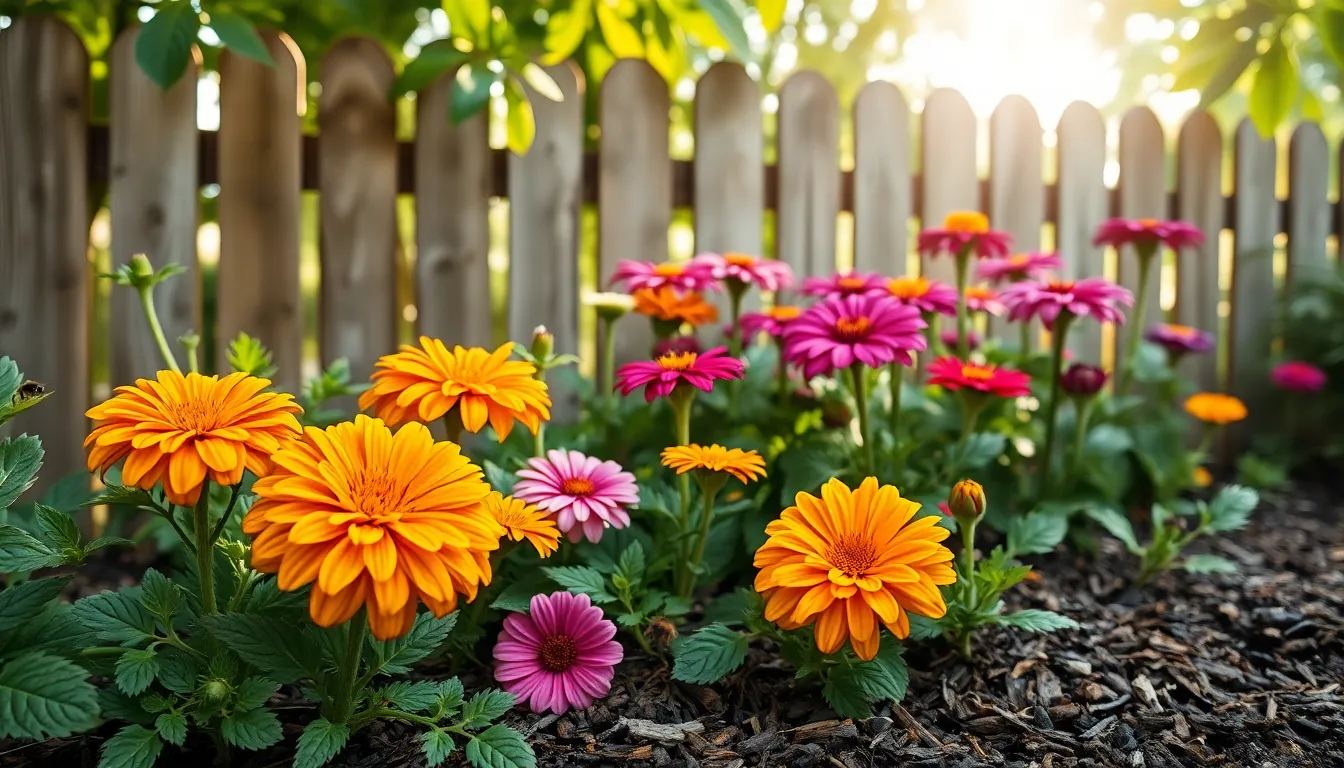In the hustle and bustle of everyday life, finding time to nurture a garden might seem like a dream reserved for weekends long gone. Yet, whether you’re a budding green thumb or a seasoned horticulturist, “Gardening Tips for Busy People” is here to show you that a thriving garden is within your reach. This guide is crafted for those who yearn to feel the soil between their fingers but believe their busy schedules hold them back.
Here, you’ll discover innovative garden designs and techniques that transform constraints into creative opportunities. Imagine the satisfaction of watching vibrant blooms and lush vegetables flourish with minimal time investment. This collection of practical tips will not only boost your gardening prowess but also provide a serene escape, a tiny oasis of joy, right in your backyard or balcony. Embrace the confidence that comes with knowing you can cultivate beauty and bounty, no matter how packed your calendar might be.
Choose Low-Maintenance Plant Varieties
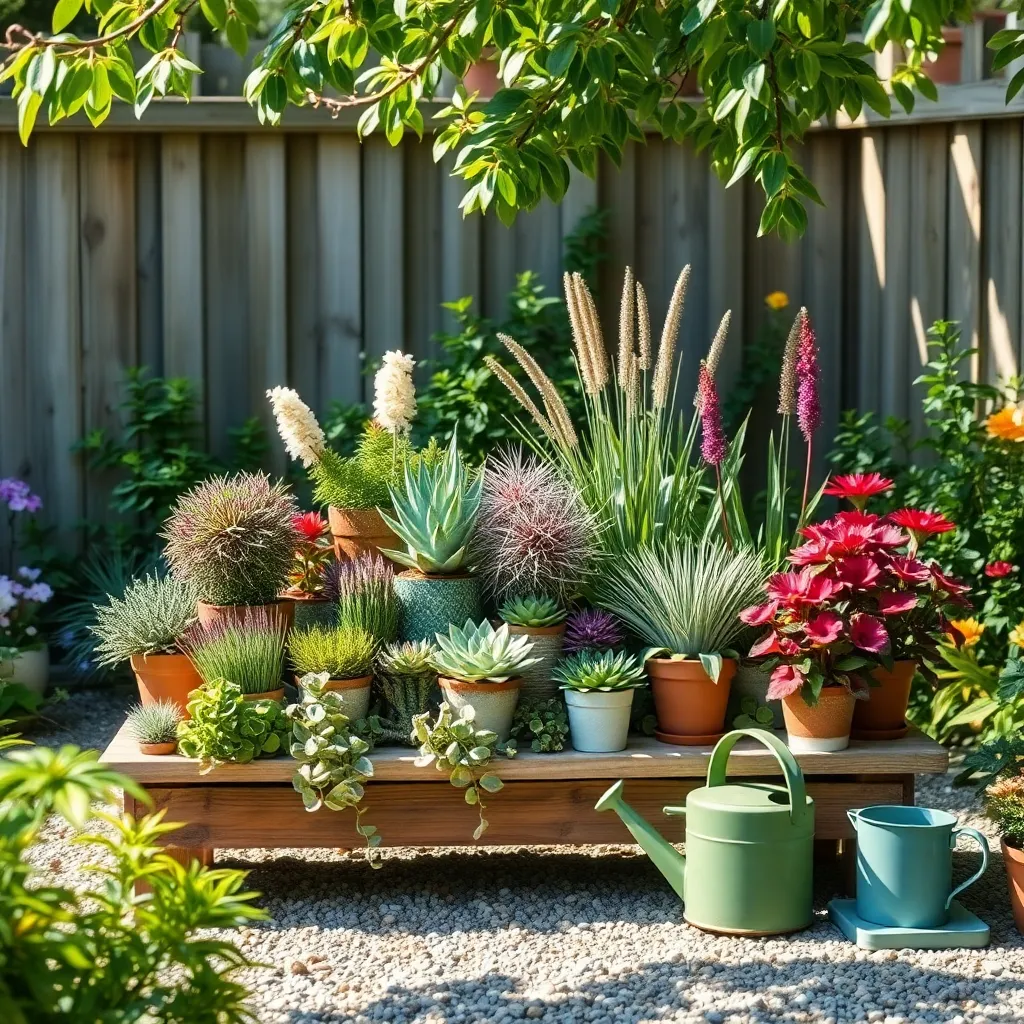
Choosing low-maintenance plant varieties can significantly reduce your gardening workload while still providing a lush, beautiful space. Succulents, for instance, are an excellent choice as they require minimal watering and thrive in well-draining soil, making them perfect for busy gardeners.
Consider plants that are naturally pest-resistant and can adapt to your local climate with ease. Lavender is a great option that not only repels pests but also needs little watering once established, thriving best in sunny spots with well-drained soil.
For those looking for a splash of color, consider planting daylilies, which are known for their hardiness and ease of care. These perennials can adapt to a range of soils and require minimal deadheading, allowing you to enjoy their vibrant blooms with little effort.
Another option is ornamental grasses, which offer texture and movement to your garden while requiring minimal maintenance. They are drought-tolerant and can thrive in poor soil conditions, making them ideal for gardeners who prefer less frequent watering and fertilization.
Implement Efficient Drip Irrigation
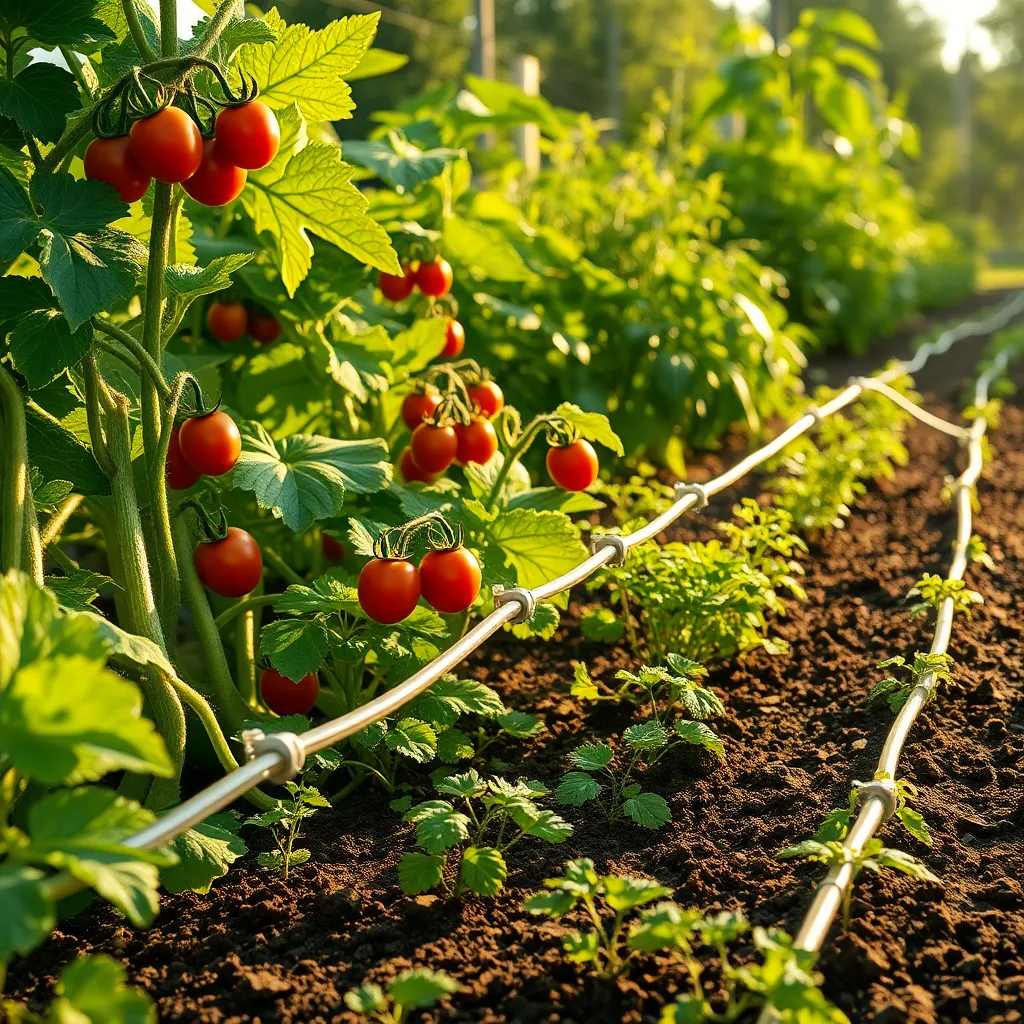
Implementing an efficient drip irrigation system can significantly reduce the time you spend watering your garden. This system allows water to drip slowly to the roots of plants, minimizing evaporation and ensuring that your plants receive the moisture they need.
To get started, choose a drip irrigation kit that suits the size of your garden and the types of plants you grow. Kits typically include tubing, emitters, and connectors, making them easy to set up even for beginners.
Once installed, adjust the emitters to deliver water at the right rate for each plant’s needs. Vegetables and annuals may require more frequent watering, while established perennials and shrubs often need less.
For those with more gardening experience, consider automating your system with a timer. This advanced technique ensures your plants receive consistent moisture, and you can customize the schedule to match seasonal changes or specific plant requirements.
Schedule Weekly Garden Check-Ins
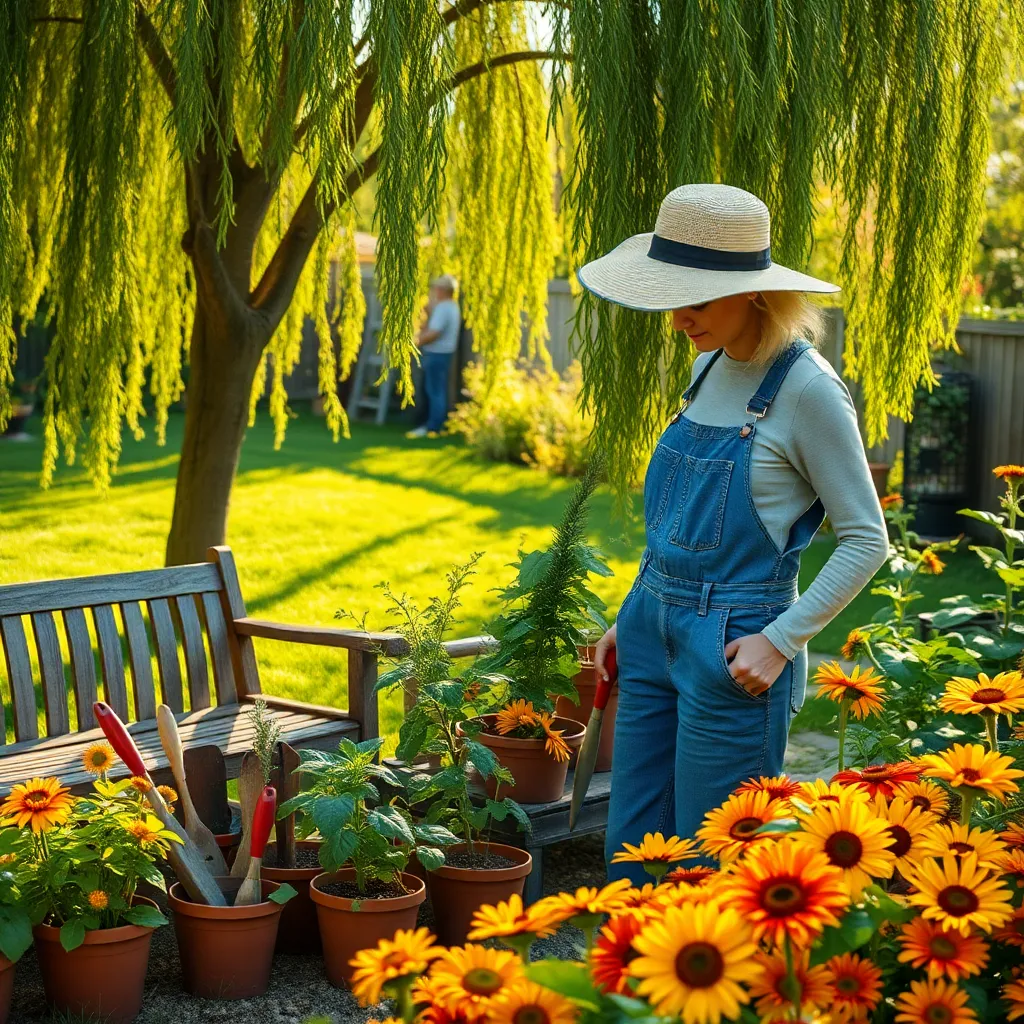
Scheduling weekly garden check-ins can transform your gardening routine, keeping your plants healthy with minimal time investment. Begin by setting aside just 15 to 30 minutes each week to walk through your garden, observing any changes or issues that need attention.
During these check-ins, pay close attention to the moisture level of your soil. Insert your finger about an inch into the soil; if it feels dry, it’s time to water. For those using drip irrigation, ensure that the system is functioning correctly, with no clogs or leaks that might disrupt watering schedules.
Regularly inspecting your plants can help you spot early signs of pests or diseases. Look for discolored leaves, unusual spots, or any insects that might be harming your plants. By catching these issues early, you can apply organic treatments, such as neem oil or insecticidal soap, before the problem worsens.
Make note of any plants that are thriving or struggling during your weekly visits. Consider factors like light exposure and soil conditions, adjusting as needed to optimize plant health. For advanced gardeners, this is also an excellent time to check pH levels, especially if you grow plants like blueberries or azaleas that require more acidic soil.
Utilize Mulch to Retain Moisture
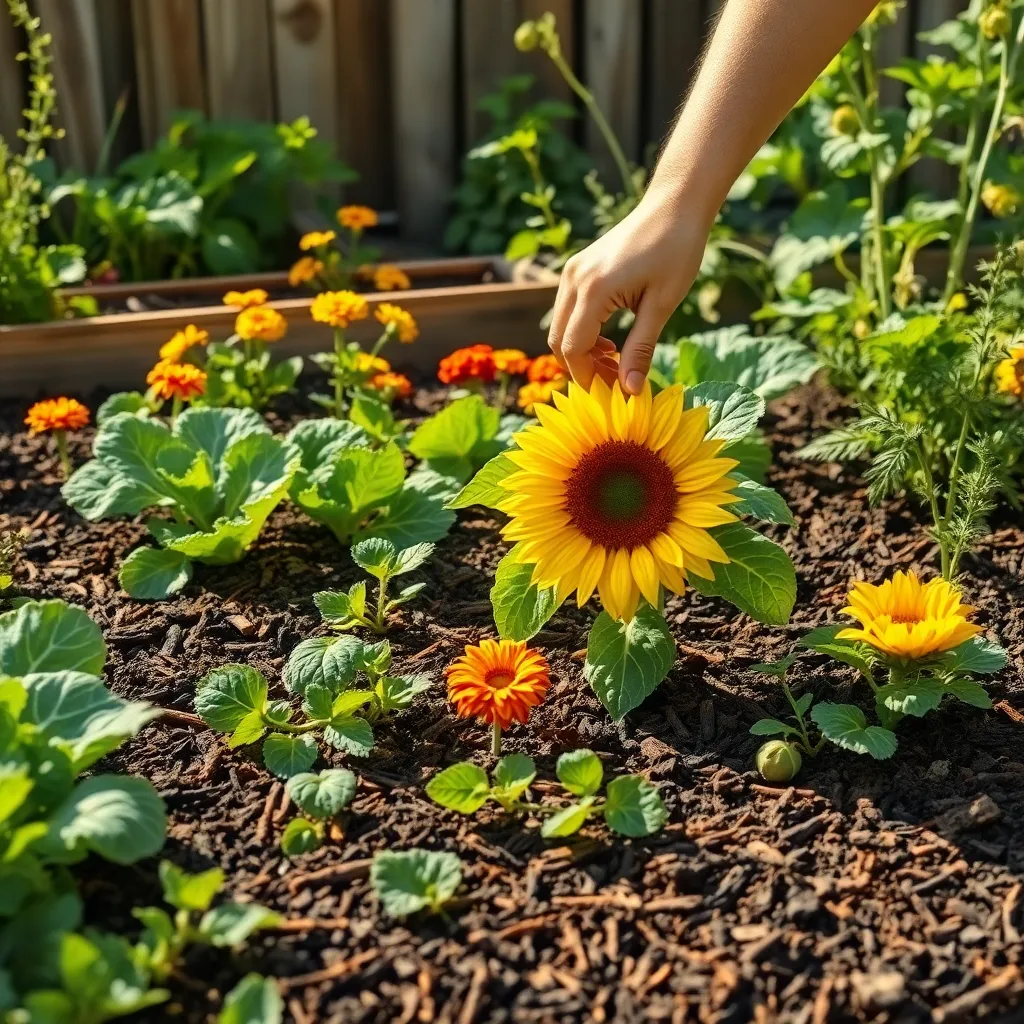
Mulching is a simple yet powerful way to help your garden thrive with minimal effort. By applying a layer of mulch, you can significantly reduce water evaporation, keeping your soil moist longer and cutting down on watering frequency.
Consider using organic materials like shredded bark, straw, or grass clippings for your mulch. These materials not only help retain moisture but also improve soil health as they decompose, providing long-term benefits to your plants.
For those with more experience, experimenting with different types of mulch can yield additional benefits. For instance, using pine needles around acid-loving plants like blueberries can help maintain the soil’s pH balance.
Make sure to apply mulch properly by keeping it about two to three inches deep and away from the stems of plants to prevent rot. This depth allows for adequate moisture retention without creating a haven for pests.
Regularly check your mulch layer to ensure it hasn’t compacted too much, as this can hinder water penetration. Fluffing it occasionally can improve its effectiveness and keep your garden looking tidy.
Incorporate Raised Bed Gardening
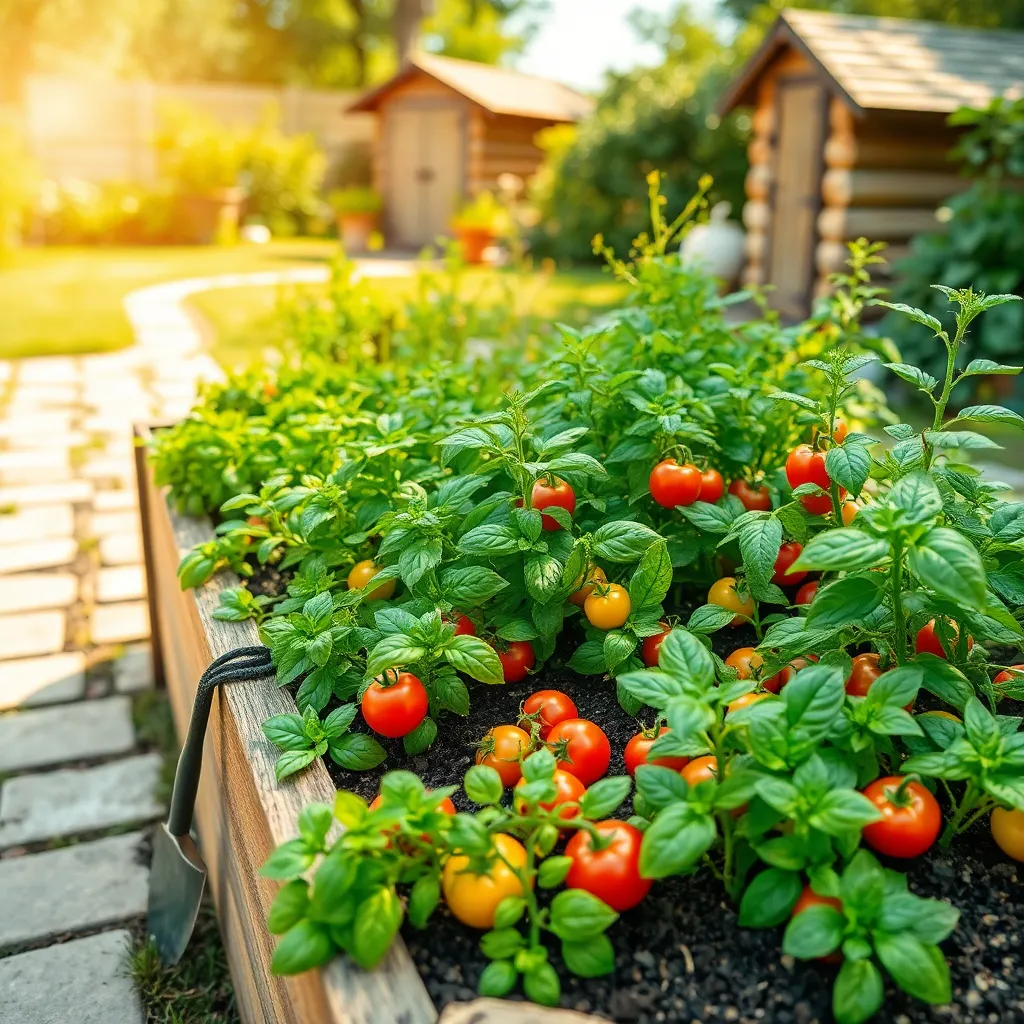
Raised bed gardening is an excellent solution for busy gardeners who want to maximize efficiency and minimize maintenance. By elevating your garden beds, you can improve soil drainage and reduce the presence of weeds, making plant care more manageable.
To get started, construct your raised beds using durable materials such as cedar or recycled composite wood that can withstand various weather conditions. Ensure the beds are at least 12 inches deep to accommodate a wide range of root systems, promoting healthier plant growth.
Fill your raised beds with a high-quality soil mix that includes a blend of compost, peat moss, and vermiculite to provide a nutrient-rich environment. This mix not only supports plant health but also retains moisture, reducing the need for frequent watering—perfect for a busy schedule.
Consider using a drip irrigation system to further decrease your watering chores and ensure consistent soil moisture levels. This method is highly efficient, delivering water directly to the plant roots and minimizing evaporation loss.
Conclusion: Growing Success with These Plants
In “Gardening Tips for Busy People,” we explored five key relationship concepts: nurturing growth through small gestures, prioritizing quality time amidst hectic schedules, practicing patience as relationships blossom, cultivating open communication, and celebrating small wins together. These principles serve as the fertile soil in which your relationship can thrive, even when life gets demanding.
As an actionable next step, take a moment today to express appreciation to your partner for something they do, no matter how small—this simple act can plant seeds of positivity and connection.
To keep these insights at your fingertips, bookmark this article as your go-to guide for nurturing your relationship garden, especially on those busy days when you need a quick reminder. By doing so, you’ll ensure that these valuable tips are readily available whenever you wish to revisit them.
Remember, successful relationships, like gardens, require ongoing care and attention. By integrating these concepts into your daily routine, you are setting the stage for a flourishing partnership that withstands the test of time. Save this article now and take the first step towards a vibrant, enduring relationship!

